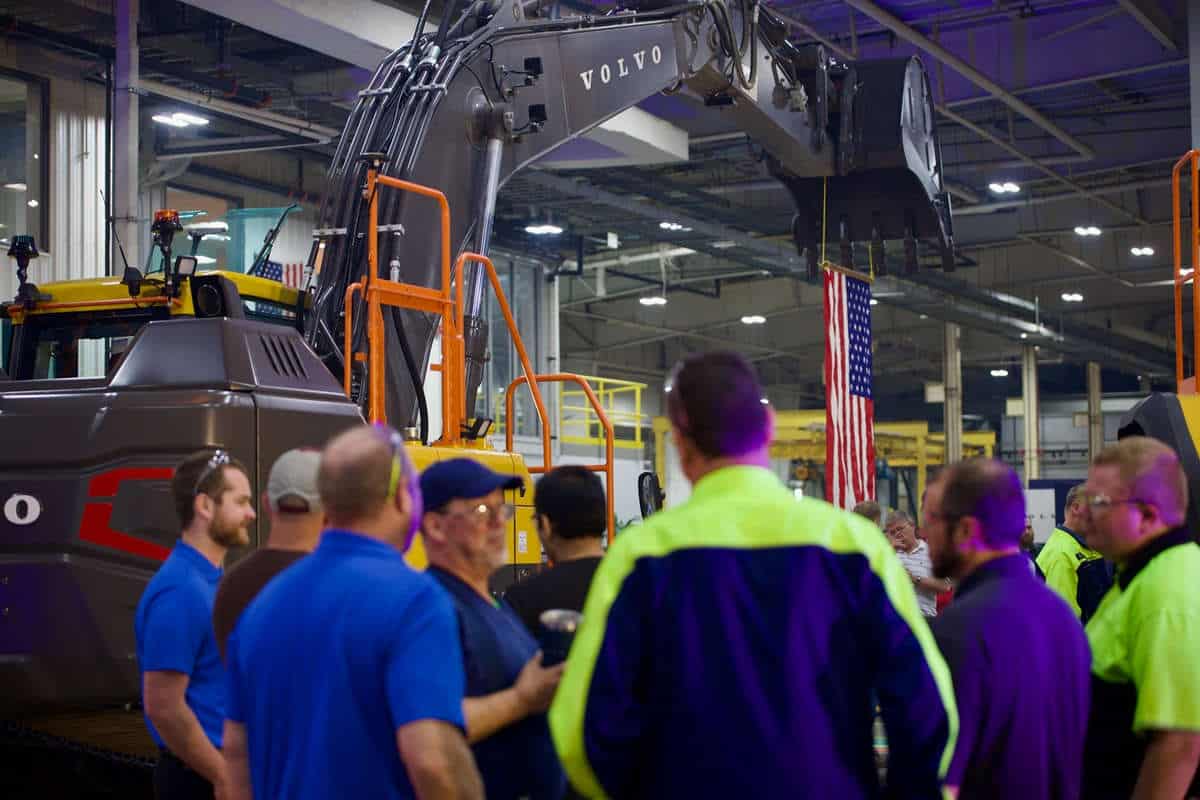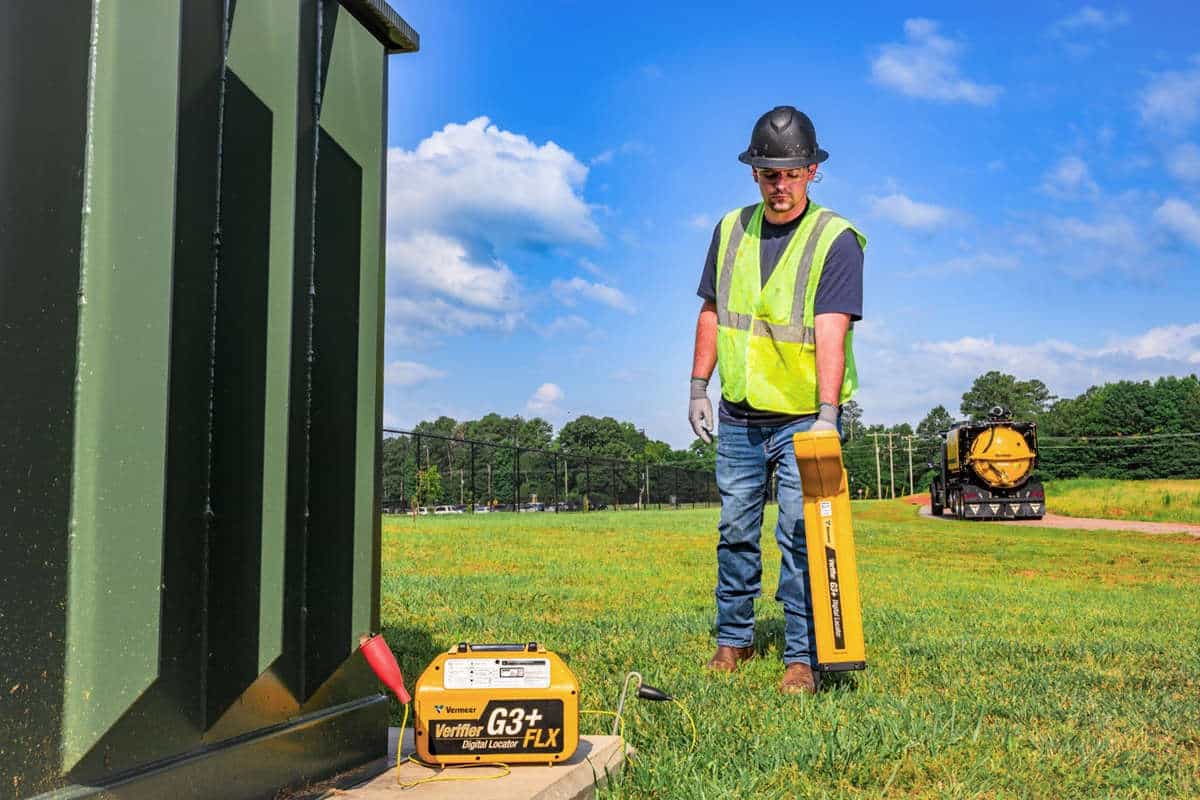Evaluate an ADT’s Multiple Performance Features Before You Buy

How Will the ADT Perform?
ADTs perform well in soft, slippery conditions and are commonly found on jobsites in the early phases of site development, typically when ground conditions are not ideal.
“In muddy or difficult terrain, ADTs are used because they have the horsepower, torque and gear ratios to complete the job efficiently,” says Brian Bereika, Doosan ADT Product Specialist. “If ground conditions are favorable, contractors will use 10 wheelers or tri-axle dump trucks on the site.”
ADTs are equipped with larger tires to provide better traction in unfavorable conditions. A wide-base tire with an 80 percent profile is typically used in earthmoving applications, giving the ADT higher traction, superior terrain mobility and low ground pressure. Additionally, earthmoving tires have a self-cleaning effect.
According to Bereika, compared to other earthmoving equipment, such as scrapers or pans, ADTs are designed to be effective in all site conditions, regardless of terrain, weather and material being hauled. ADTs are efficient, increase productivity and reduce downtime and daily operating costs because of these features (depending on the manufacturer):
- Free-swinging rear tandem
- Front-mounted turning ring
- Articulation joint
- Semi-independent front suspension
- Sloping rear frame
- Limited-slip differentials
- Inter-axle differential
Fuel costs are also a constant factor when deciding on heavy equipment. However, contractors looking to reduce fuel costs yet maintain performance and productivity can do so with an ADT, says Bereika.
“ADT fuel consumption can vary by more than 10 percent,” he says. “However, if contractors choose their equipment wisely and reduce idling time on their jobsite, there can be considerable fuel savings.”
Engines have also become more fuel-efficient because of transition from Tier 3 to Tier 4, as well as the introduction of common-rail technology.
“Fuel usage does vary by engine manufacturer, but for a 30-ton ADT, contractors can get between 2.5 and 5 gallons an hour, depending on the engine load,” he says.
A free-swinging rear tandem, featured on Doosan ADTs, gives the vehicle the best traction, power to the ground and stability while a front-mounted turning ring allows for equal weight distribution on both front tires when loaded and turning. This feature allows for less slippage on the inside tire and better tire wear.
Additionally, a sloping rear frame lowers the center of gravity to equally distribute weight to all six wheels when the truck is loaded.
“In general, ADTs will increase productivity and uptime because they are designed to operate in conditions that will limit other earthmoving equipment productivity,” says Bereika. “Doosan ADTs, for instance, will have reduced operating costs because of increased serviceability. Operators can tilt the cab in less than four minutes, plus have full access to the engine compartment. Also, a standard auto-lube allows for better greasing of the major components.”
 Can the ADT Be Paired with Other Equipment?
Can the ADT Be Paired with Other Equipment?
Selecting an ADT that can be versatile in a number of environments means utility contractors can maintain machine performance and productivity. Many times an excavator and an ADT are paired on a jobsite; however, Bereika says contractors should first determine if the two pieces of equipment are a good working match.
“It’s important on large, high-productivity jobsites,” says Bereika. “Ideally, an ADT should be loaded in four to six passes.”
According to Bereika, larger utility contractors are more apt to purchase a 25- to 30-ton ADT because of how often they will be using the machine, and they are more likely to pair an ADT with a variety of excavator sizes. Smaller utility contractors tend to shy away from purchasing and instead rent the equipment, as needed.
Attempting to match the equipment to the jobsite and a utility contractor’s working fleet can help maximize productivity, especially when used in applications such as site clearing and power, phone, gas, cable and retaining wall installations.
Are ADTs Easy to Service?
ADTs can have a life expectancy of more than 10 years if properly serviced and maintained. By looking at key machine features — parts, labor, travel, supplies, lubricants and GPS fleet tracking systems, such as telematics — contractors can make a better decision when purchasing an ADT and can better budget for ongoing maintenance. Once an ADT has been purchased, Bereika says if utility contractors want to get the most life out of their machine and reduce operating costs, they should follow a routine planned maintenance (PM) contract.
“The PM contract tells the contractor what has to be done and when,” he says. “This will also provide a total cost or hourly cost of scheduled maintenance in the future.”
Unplanned maintenance can result in a loss of production, higher costs for parts and increased servicing time. Bereika says that by working with the equipment dealer, contractors can help predict expenses and reduce downtime.
“Dealers have knowledge of what parts should be stocked by not only themselves, but also by equipment owners,” he says. “They ensure scheduled maintenance is performed on time and at a convenient time to the equipment owner. All of this helps control costs.”
Making a PM schedule easy to follow and documenting service intervals allows contractors and operators to easily make sure each item is completed weekly, monthly, quarterly or as scheduled. A fleet tracking system, such as telematics, is another method to better budget for ongoing maintenance.
“Telematics is becoming more useful and important to all equipment owners, not only ADT users,” he says. “Telematics can provide fuel use, loads and tonnage carried. It also can provide the home office with information on upcoming maintenance so it can be scheduled to least affect production. It can show any active fault codes so the mechanic can be better prepared when he arrives or if the machine has to be taken to a dealership.”
If contractors are experiencing mechanical issues, Bereika says to check the ADT extensively to know what repairs are needed before sending out a service technician.
“One trip is better than two,” he says. “Contractors can also look at using their in-house mechanic for larger jobs, not just only for simple maintenance.”
Knowing the fixed costs of planned maintenance upfront can help contractors minimize unexpected business expenses. Fixed costs can give contractors confidence in knowing how much the operating costs will be, and by incorporating a planned maintenance schedule, contractors can easily service their machine.
What Makes the ADT So Safe?
When operating an ADT, the last thing contractors and operators want to question is the machine’s safety features. The articulation joint adds machine safety by maintaining continuous ground contact. Bereika says the location of the turning ring, or oscillating joint, is the reason the machine keeps equal weight on the front tires when loaded and turning. Unequal weight distribution can lead to instability.
A sloping rear frame lowers the center of gravity for more equal weight distribution and improved stability and safety when fully loaded. The sloping frame improves tractive effort, helps to minimize tire wear and lowers ground-bearing pressure. Additionally, the tandem rear bogey helps deliver optimal traction with maximum ground contact on uneven terrain. Due to the tandem design, fewer points of power transfer mean less power loss and a more efficient driveline.
“Just watch the wheels of any ADT on a jobsite and you will see stability and traction differences,” says Bereika. “Doosan ADT rear wheels have 24 in. of movement vertically. Competitors can have as little as 5 in., which can lead to instability in many site situations.”
A downward sloping hood, as well as rearview cameras, are other features that add to the machine’s safety.
By assessing these safety features, in addition to looking at the machine’s overall performance, versatility and serviceability, contractors in utility and underground construction applications can make an educated decision about whether an ADT will fit into their fleets.
Allison McNeal is a Writer at Two Rivers Marketing.

 Can the ADT Be Paired with Other Equipment?
Can the ADT Be Paired with Other Equipment?


